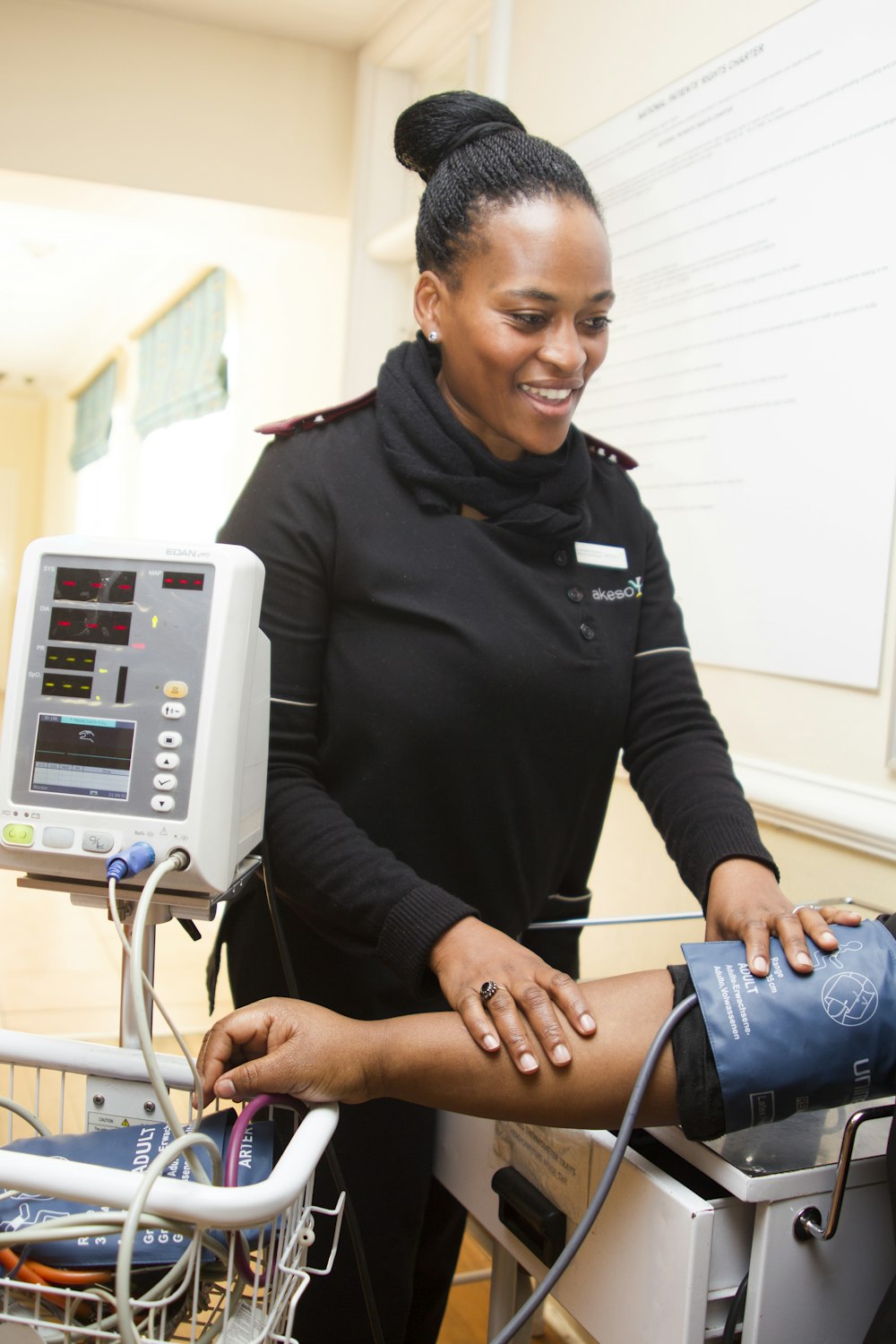

Healthcare is a difficult space to break in to, due in part to physicians who have been unwilling to adapt their best practices. As physician demographics shift towards millenials, however, best practices are rapidly evolving to reflect a tech-friendly audience. This new generation of healthcare professionals are open to adopting new techniques to automate processes and alleviate pain points. Examples of recent B2B SaaS companies focused on healthcare include: Flatiron Health, ZocDoc, CredSimple, and SwiftShift.
How do you create a SaaS product that appeals to healthcare professionals then? Here are five top considerations when developing a healthcare-focused SaaS application:
1. Cross-platform functionality. Most hospital systems tend to run on Microsoft platforms, but MAC and Unix have a sizeable following as well. In particular, mobile devices can vary wildly, and, depending on your service, healthcare professionals will need access from their phones as well. Therefore, ensuring that your application is compatible across platforms is key to breaking into the healthcare SaaS market.
2. Light-weight application. About 15% of the computers used in healthcare are running on outdated operating systems. Furthermore, computer systems in healthcare are already typically burdened with significant amounts of patient data and other tasks. Therefore, it is important that any SaaS applications be light-weight as possible to reduce strain on existing healthcare systems.
3. Intuitive design. Healthcare professionals are phenomenally busy individuals. Depending on their role or specialty, they may be working up to 80 hours per week. The combination of long hours and keeping up with the latest medical treatments means that many healthcare professionals do not have time to spend on learning new software applications. Designing an intuitive UI will reduce learning curves and uptake time significantly.
4. Predictive learning. Many administrative functions within hospital settings are quite repetitive. As such, many leading hospital systems are developing automated processes to reduce the burden of administrative tasks. To break into healthcare SaaS, it is important that applications can learn from repetitive inputs so it can predict what actions must be completed next. Think auto-completed text messages, but integrated into an EMR.
5. Open-looped feedback. Of course, it is always important to listen to your customers for any SaaS application. Healthcare professionals, however, tend to be particularly sensitive towards unfamiliar work environments. It is critical then, to ensure customers are looped into feature development and there is a system for transparency from end-users in the hospital system.
It is important to keep usability and transparency central to healthcare SaaS application design. Ensuring that healthcare professional’s choice is respected is core to high-volume user uptake. Each specialty and practice is likely to have specific requirements, so it will be important to understand what type of practice you are selling to and what needs the specific physician specialty have. We suggest strictly defining a narrow target market, iterating within that market, and then branching out to other markets once your product has matured.
If you liked “Breaking into Healthcare SaaS” and want to read more content from the Bowery Capital Team, check out other relevant posts from the Bowery Capital Blog.
Related Articles

Beyond AI Assistants: How AI Is Quietly Rebuilding The Marketing Stack From The Inside Out
Read more
The Rise of AI Coaching Tools: Reshaping Sales Enablement and Role Playing
Read more
The New Playbook: How AI & Automation Are Reshaping GTM Strategies
Read more
